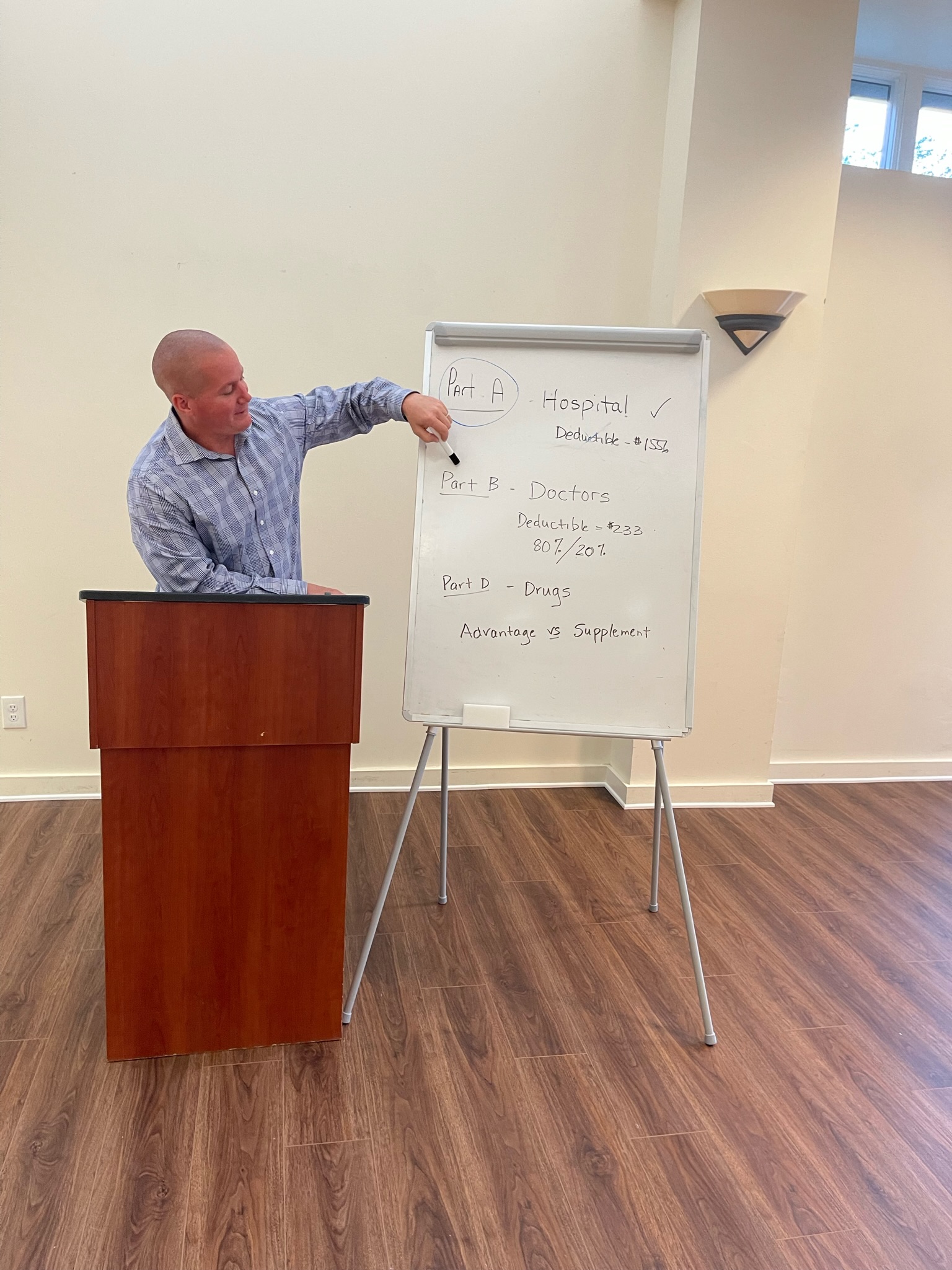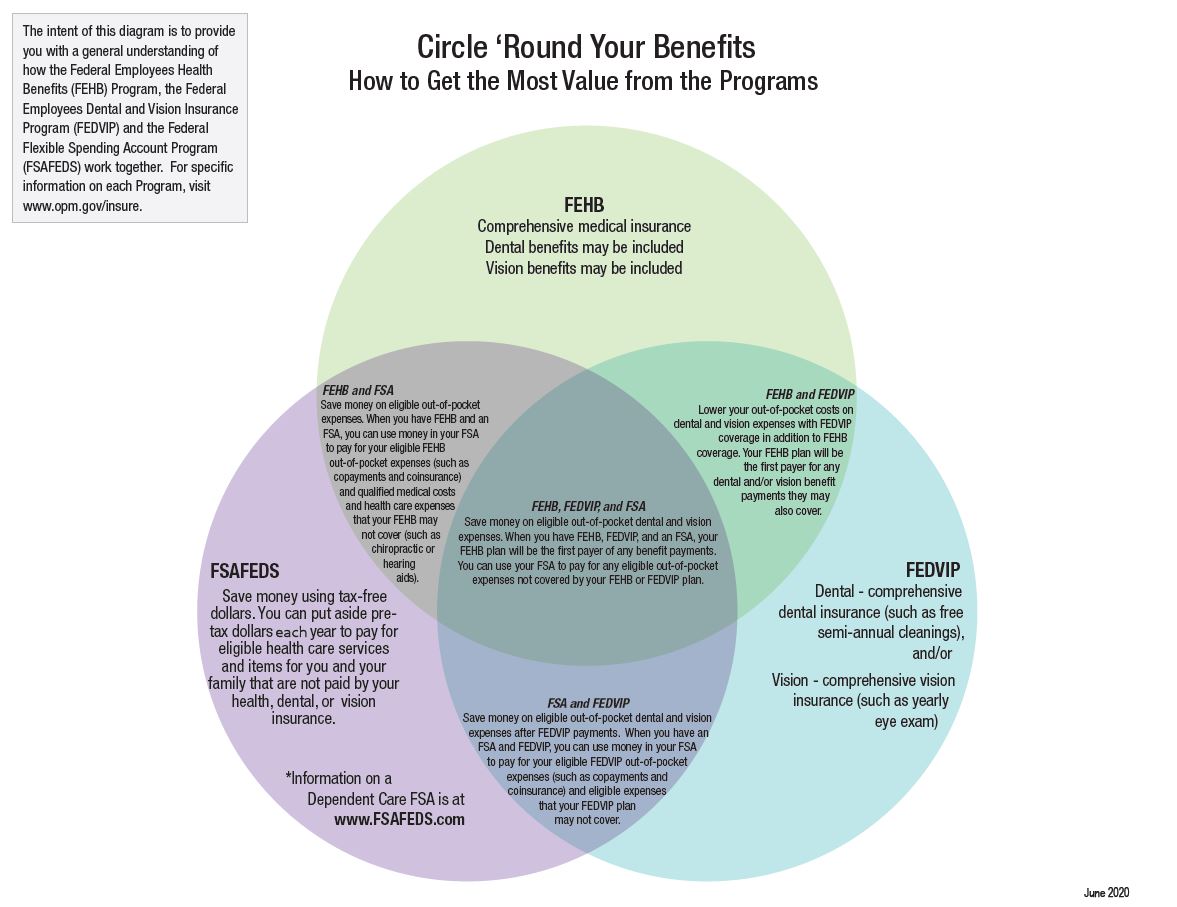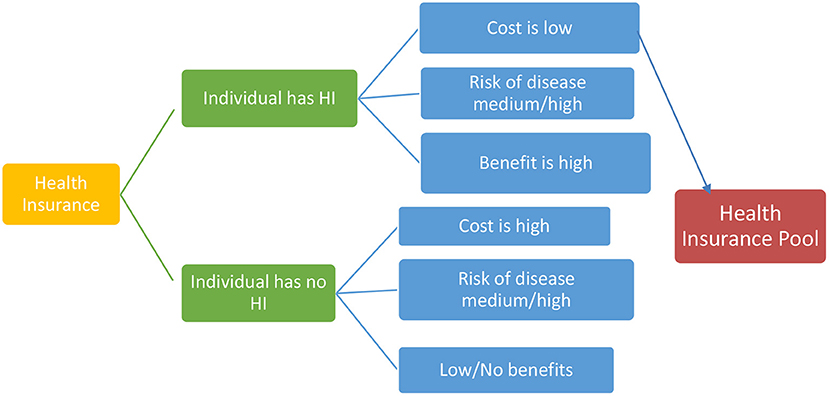How Medicare Advantage Agent can Save You Time, Stress, and Money.
How Medicare Advantage Agent can Save You Time, Stress, and Money.
Blog Article
7 Simple Techniques For Medicare Advantage Agent
Table of ContentsMedicare Advantage Agent for BeginnersWhat Does Medicare Advantage Agent Mean?Not known Details About Medicare Advantage Agent


follows from complies with the puzzling young age profile of the uninsured with without insurance better healthMuch better wellness average, standard younger personsMore youthful For those without accessibility to work environment health and wellness insurance coverage, poor health is a potential obstacle to acquiring nongroup insurance coverage since such protection may be highly valued, omit preexisting conditions, or be merely not available. Unless otherwise kept in mind, national price quotes of individuals without health and wellness insurance and percentages of the population with different kinds of protection are based on the CPS, the most commonly used source of quotes of insurance coverage and uninsurance prices.

Medicare Advantage Agent Fundamentals Explained
The relationship in between health insurance policy and access to care is well developed, as documented later in this phase. The connection between health insurance and wellness outcomes is neither direct neither simple, a comprehensive clinical and wellness services research literature web links health insurance protection
to improved access accessibility care, better far betterHigh quality and improved personal and population health status. The 2nd report, on personal health and wellness results for without insurance adults, is represented by the innermost circle of the figure, while the 3rd record, on household well-being, includes the subjects of the second report however emphasizes a different device of analysis, namely, the family.
It focuses especially on those without any type of wellness insurance for any type of size of time. The issues dealt with by the underinsured remain in some respects comparable to those dealt with by the uninsured, although they are usually less serious. Uninsurance and underinsurance, nevertheless, entail clearly different policy concerns, and the strategies for addressing them might differ. Throughout this research study and the five records to adhere to, the primary emphasis gets on individuals without wellness insurance and thus no aid in spending for wellness care past what is readily available through charity and safeguard organizations. Health insurance coverage is an effective factor influencing invoice of treatment due to the fact that both patients and physicians respond to the out-of-pocket cost of services. Medical insurance, nonetheless, is neither necessary nor adequate to obtain access to clinical solutions. Nevertheless, the independent and direct effect of health
insurance coverage on accessibility to health services is well established. Others will certainly obtain the healthcare they require also without health and wellness insurance coverage, by paying for it expense or seeking it from companies who offer treatment cost-free or at very subsidized prices. For still others, wellness insurance policy alone does not make sure invoice of treatment since of other nonfinancial obstacles, such as an absence their website of healthcare carriers in their area, restricted accessibility to transportation, illiteracy, or linguistic and cultural differences. Official research about without insurance populations in the USA dates to the late 1920s and very early 1930s when the Committee on the Price of Medical Treatment generated a collection of records concerning financing medical professional office visits and hospitalizations. This issue ended up being salient as the numbers of medically indigent climbed up throughout the Great Clinical depression. Empirical studies consistently support the web link in between accessibility to care and enhanced health and wellness results(Bindman et al., 1995; Starfield, 1995 ). Having a regular resource of treatment can be thought about a predictor of accessibility, as opposed to a straight action of it, when health end results are themselves made use of as accessibility signs. This expansion of the notion of accessibility dimension was made by the IOM Committee on Checking Access to Personal Healthcare Solutions(Millman, 1993, p. Whether or not parents are guaranteed shows up to influence whether their youngsters get care as well as just how much careeven if the youngsters themselves have coverage(Hanson, 1998). The health of moms and dads can affect their ability to take care of their kids and the degree of family tension. Fretting about their kids's accessibility to care is itself a resource of stress and anxiety for parents. Three chapters adhere to in this report. Phase 2 supplies a summary of exactly how employment-based medical insurance, public programs and individual insurance policy policies operate and communicate to give considerable but incomplete insurance coverage of the U.S. populace. This consists of a review of historic trends and public policies affecting both public and exclusive insurance policy, a conversation of the communications among the different kinds of insurance coverage, and an examination of why individuals relocate from one program to another or finish up

Report this page